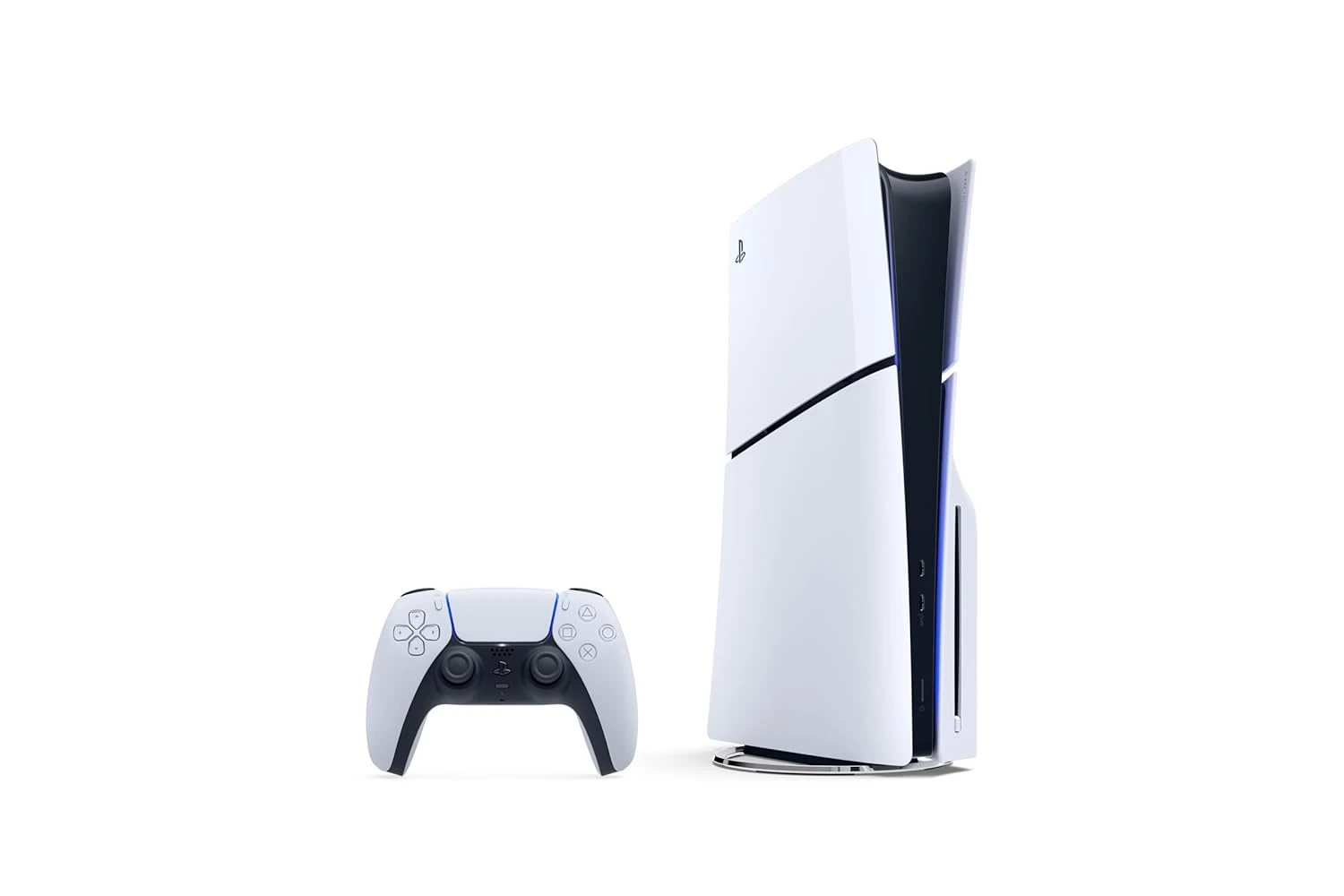Details about the next-gen console, rumored to be the PS5 Pro, have surfaced on the Kepler and ResetEra forums. While speculation has surrounded this system for months, complete specifications are expected to be unveiled gradually, thanks to the distribution of development kits, according to well-known leaker Tom Henderson.
Project Trinity gets its name from the fusion of three key technologies: swift storage, enhanced ray tracing, and scaling up, which constitute the foundational elements of contemporary gaming and graphics.
As mentioned earlier, reports suggest that the PS5 Pro console will feature a new System on Chip (SoC) named Viola, produced using TSMC’s N4P node. The custom APU is set to utilize Zen2 cores, maintaining the same microarchitecture as the current console. The APU is expected to enable CPU cores to reach a claimed boost frequency of 4.4 GHz. Additionally, AMD plans to enhance the console’s graphics capabilities by introducing the newer RDNA3 architecture.
GPU configuration details differ between sources. Kepler, the first to identify the custom APU as Viola, now asserts that the SoC provides 60 Compute Units out of the available 64. This implies the GPU has 3840 Stream Processors, matching the configuration used by Navi 32-based RX 7800 XT desktop GPUs. It’s essential to note that this information contradicts what the ResetEra leaker suggests, who claims 56 Compute Units.
Unlike the PS5 APU, which combined RDNA1/2 architectures, the upcoming PS5 Pro is anticipated to shift to a hybrid of RDNA3/4. The primary graphics will rely on RDNA3, incorporating ray tracing improvements from the RDNA4 architecture. Notably, dedicated RT hardware will manage BVH traversal for ray tracing acceleration, eliminating the reliance on shaders.
The gaming console is said to feature 16 GB of GDDR6 memory linked to a 256-bit memory bus, delivering a bandwidth of 576 GB/s. Rumors suggest the GPU clock will be 2.0 GHz, translating to a single-precision compute power of 28.67 TFLOPs, courtesy of the AMD RDNA3 dual-issue design.
AMD might consider incorporating its XDNA2 AI core into the custom Viola processor for the PS5 Pro. This architecture, slated for use in the Strix Point Zen5 series next year, is claimed to offer a threefold improvement over the XDNA1 used in Phoenix Zen4 APUs. However, Kepler refutes this, asserting that there will be no XDNA2 core in the Viola chip.
While initial speculations pointed to a November 2024 release for the console, recent information hints that it could be revealed as early as September.
>Viola is fabbed on TSMC N4P.
>GFX1115
>Viola’s CPU is maintaining the zen2 architecture found in the existing PS5 for compatibility, but the frequency will once again be dynamic with a peak of 4.4GHz. 64 KB of L1 cache per core, 512 KB of L2 cache per core, and 8 MB of L3 shared (4 MB per CCX).
>Viola’s die is 30WGPs when fully enabled, but it will only have 28WGPs (56 CUs) enabled for the silicon in retail PS5 Pro units.
>Trinity is the culmination of three key technologies. Fast storage (hardware accelerated compression and decompression, already an existing key PS5 technology), accelerated ray tracing, and upscaling.
>Architecture is RDNA3, but it’s taking ray tracing improvements from RDNA4. BVH traversal will be handled by dedicated RT hardware rather than fully relying on the shaders. It will also include thread reordering to reduce data and execution divergence, something akin to Ada Lovelace SER and Intel Arc’s TSU.
>3584 shaders, 224 TMUs, and 96 ROPs.
>16GB of 18 gbps GDDR6. 256-bit memory bus with 576 GB/s memory bandwidth.
>The GPU frequency target is 2.0 GHz. This lands the dual-issue TFLOPs in the range of 28.67 TFLOPs peak (224 (TMUs) * 2 (operations, dual issue) * 2 (core clock)). 14.33 TFLOPs if we ignore the dual-issue factor.
>50-60% rasterization uplift over Oberon and Oberon Plus, over twice the raw RT performance.
>XDNA2 NPU will be featured for the purpose of accelerating Sony’s bespoke temporal machine learning upscaling technique. This will be one of the core focuses of the PS5 Pro, like we saw with checkboard rendering for the PS4 Pro. Temporally stable upscaled 4K output at higher than 30 FPS is the goal.
>September 2024 reveal
This is what AMD leaker said about 56 out of 60 CUs assumption for the PS5 pro so these might be fake. https://t.co/zZmBnNpnVG
— ked | 🎮 yakuzakiwami2 (@PC_FF_FAN) December 11, 2023
Via Wccftech



